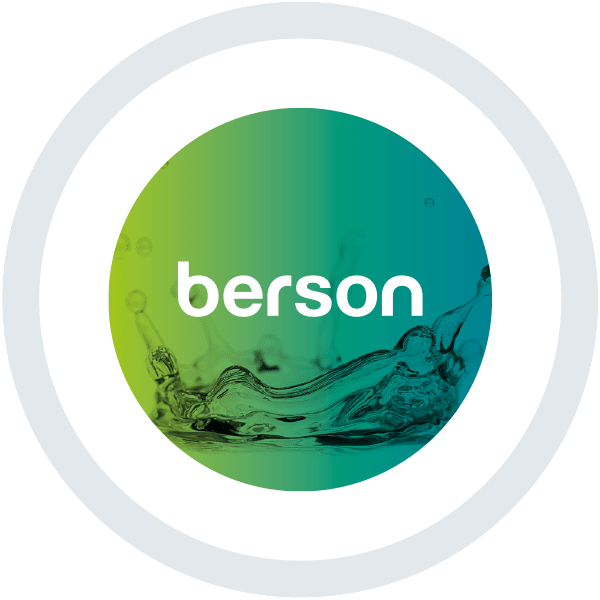Combating waterborne illnesses: Chlorine is not enough!
It is estimated that globally close to 85 million people visit a water park annually. According to Statista, as of 2019, there are about 1,158 water parks in the United States alone, of which 817 are Outdoor parks, 155 are indoor resorts, 111 are stand-alone indoor water parks and the remaining 75 are resorts with outdoor water parks. Given the high foot traffic experienced by them, each state and city across the US has their own set of codes and guidelines (https://www.cdc.gov/healthywater/swimming/states.html) to be followed for building and maintenance of recreational water parks and splash pads to prevent waterborne illnesses. In order to formulate adequate safety conditions, the various public health departments and city officials rely on the Model Aquatic Health Code (MAHC) for guidance.
The MAHC was formulated as a result of a 7-year long collaboration between CDC, public health officials, aquatics sector experts, and researchers across the US. The first edition of this code was released in 2014 and included guidelines on the design, construction, operation, maintenance, policies, and management of public aquatic facilities. Besides avoiding accidents, a major provision of the MAHC is centred around management of pool water contamination and waterborne illnesses.
Recreational Water Illness (RWI) accounted for at least 27,253 cases and ten deaths as a result of 498 outbreaks nationwide during 2000-2014. Of these, 363 outbreaks had a confirmed infectious etiology resulting in 24,453 cases: 89% infected by Cryptosporidium, 4% by Pseudomonas, and 3% by Legionella. Predominantly RWIs are caused by either ingesting contaminated water or coming in contact with harmful pool chemicals. The illness can range from minor rashes to severe gastrointestinal and respiratory infections.

The various state public health bodies voluntarily report RWI cases to the CDC. Once an outbreak is confirmed, the information is registered in the National Outbreak Reporting System (NORS) and the Waterborne Disease and Outbreak Surveillance System (WBDOSS). Since RWIs pose a grave danger to the health of the general public, the CDC places immense value on prevention of contamination. As a result, MAHC lays out clear guidelines on staff trainings, frequent manual testing, standardization of automatic controllers, and the use of adequately sized chemical feeders (based on the size and type of the recreational facility). Further, the CDC strongly advises the incorporation of a Contamination Response Plan (for contamination by faeces, vomit and/or blood) as a vital part of the administrative procedures of a facility.
The only way water parks and splash pads can keep RWIs at bay is by adequately cleaning and disinfecting the water and by regularly maintaining the pool equipment. The first line of defence against pathogens is the use of chlorine-based disinfectants. The right amount of chlorine in combination with the correct water pH can kill most harmful pathogens. However, there are some waterborne illnesses can’t be treated with chlorine. chlorine resistant pathogens, such as Cryptosporidium, can survive for days even in an adequately disinfected pool. As a result, it is important to add supplementary methods for keeping the water clean.
Aquatic facilities use efficient water filtration systems that run several cycles of the pool water to maintain good water quality. However, as per MAHC, filtration systems shouldn’t just make the water appear clean. Instead, they should effectively remove pathogens as well. The fact that an accidental faecal contamination might overwhelm the disinfectant residual, makes the use of a powerful filtration system a critical requirement for RWI prevention. In this space, high-rate sand filters have been found to be effective barriers for Cryptosporidium oocysts.
The Model Aquatic Health Code further stresses the need for a secondary disinfection system, given the rise in RWI outbreaks caused by disinfectant tolerant parasites. The intent is to minimize the exposure time to harmful pathogens. Two such secondary systems advised by the MAHC are Ultraviolet (UV) based and Ozone based systems. Utilizing UV for the treatment of 100% of the recirculated water flow has been found to be extremely beneficial in reducing viable Cryptosporidium oocysts to below infectious levels. UV rays kill microorganisms by altering their DNA structure and interfering with cell growth. Incorporating a high dose UV beam in combination with a water filtration system can prove to be a necessary secondary line of defence for combating harmful pathogens and controlling RWI outbreaks.









